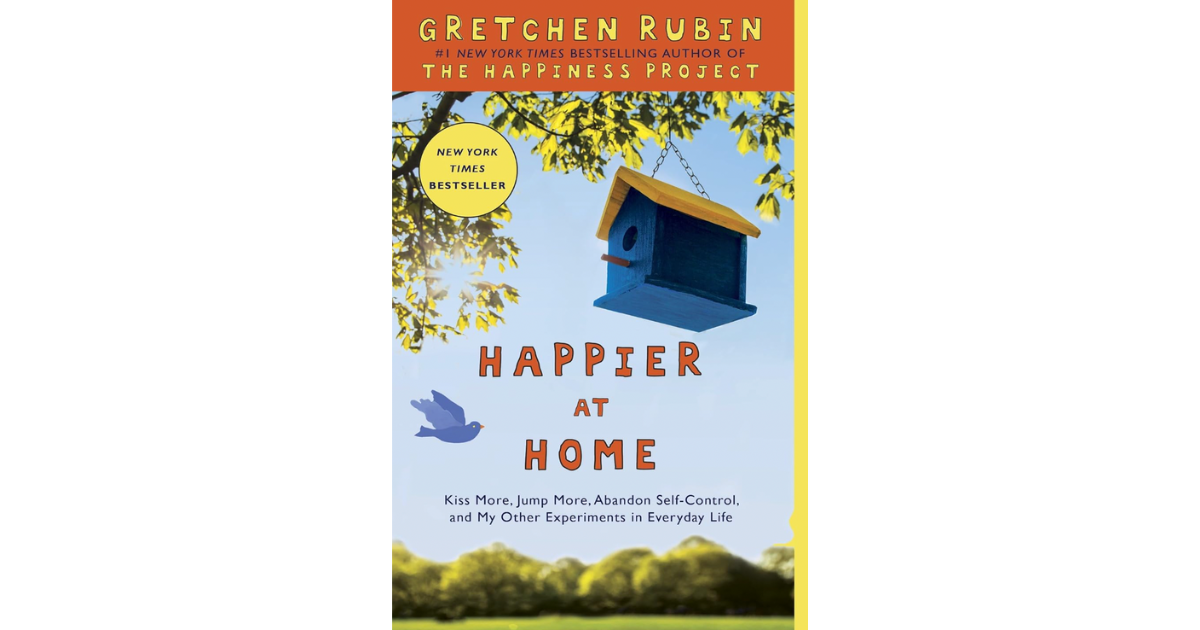Business Book Review: The Psychology of Money by Morgan Housel
In The Psychology of Money, Housel dares to venture off the spreadsheet. And into the emotions and behaviour that drive your financial decisions.
My Rating: ★★★★
Length: 247
Publisher: Harriman House
Released: 2020
Key Takeaway for Personal Branding
Your experiences shape your money beliefs
Best-seller, The Psychology of Money, is a reminder that personal finance is personal.
Your personal brand is shaped by your unique background and experiences. And so are your financial beliefs and decisions. You behave differently toward money due to your background. Someone else’s decisions are based on their background.
Real Wealth
Unlike many of his counterparts, Housel’s book has the underlying theme of humility. That real wealth, that which isn’t displayed, therefore is hidden, can’t be easily seen by others.
One of the most powerful ways to increase your savings isn’t to raise your income. It’s to raise your humility.
For, personal branding, which is often mistaken as an act of vanity, this is an important reminder. Outward expressions of your personal brand should be visceral to you. And never to simply impress others.
Favourite Quotes
We think about and are taught about money in ways that are too much like physics (with rules and laws) and not enough like psychology (with emotions and nuance).
People do some crazy things with money. But no one is crazy…People from different generations, raised by different parents who earned different incomes and held different values, in different parts of the world, born into different economies, experiencing different job markets with different incentives and different degrees of luck, learn very different lessons.
Few people make financial decisions purely with a spreadsheet. They make them at the dinner table, or in a company meeting. Places where personal history, your own unique view of the world, ego, pride, marketing, and odd incentives are scrambled together into a narrative that works for you.
Getting money and keeping money are two different skills…keeping money requires the opposite of taking risk. It requires humility, and fear that what you’ve made can be taken away from you just as fast. It requires frugality and an acceptance that at least some of what you’ve made is attributable to luck, so past success can’t be relied upon to repeat.
A mindset that can be paranoid and optimistic at the same time is hard to maintain, because seeing things as black or white takes less effort than accepting nuance.
The highest form of wealth is the ability to wake up every morning and say, “I can do whatever I want today”…The ability to do what you want, when you want, with who you want, for as long as you want, is priceless. It is the highest dividend money pays.
Wealth is what you don’t see…Wealth is the nice cars not purchased. The watches not worn, the clothes forgone and the first-class upgrade declined. Wealth is financial assets that haven’t yet been converted into the stuff you see.
In a space that can so often be full of bluster, Housel writes with grace and humility. The Psychology of Money should be read and re-read. As a reminder that your financial decisions are less about the numbers than you may realise.
The Psychology of Money by Morgan Housel: Available on Amazon.




